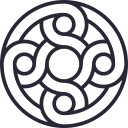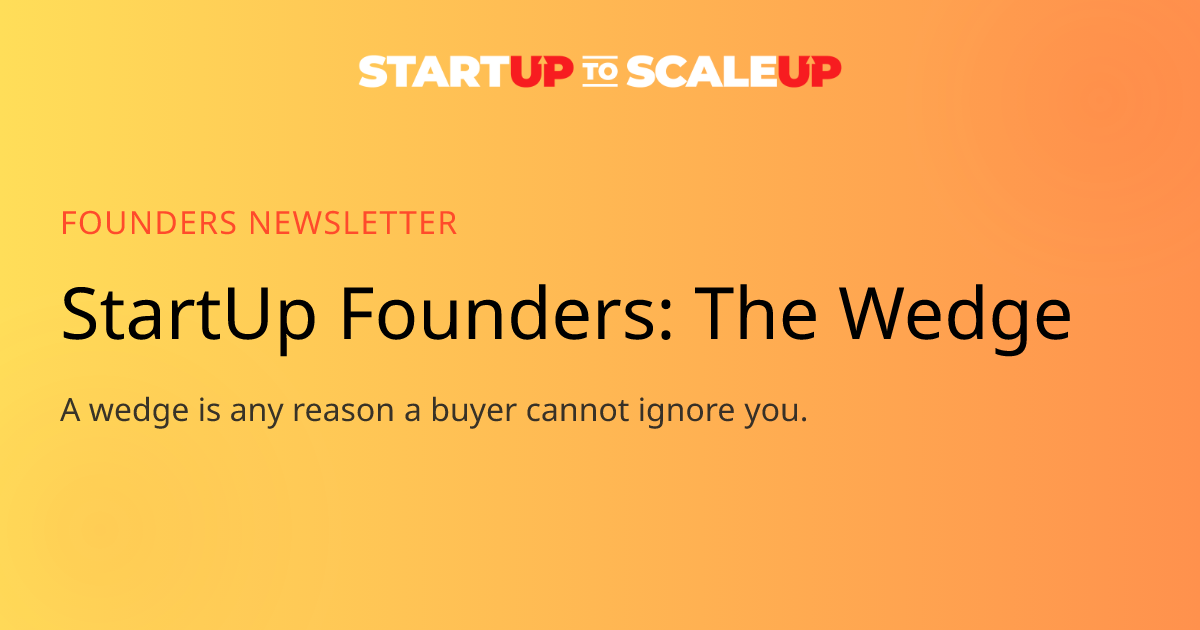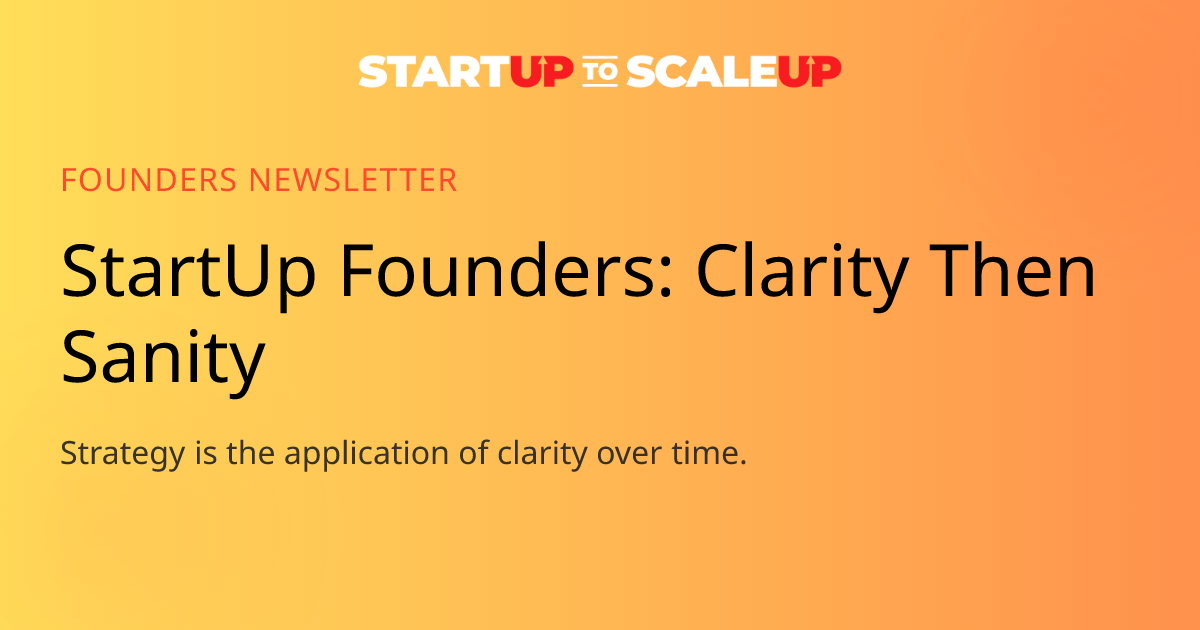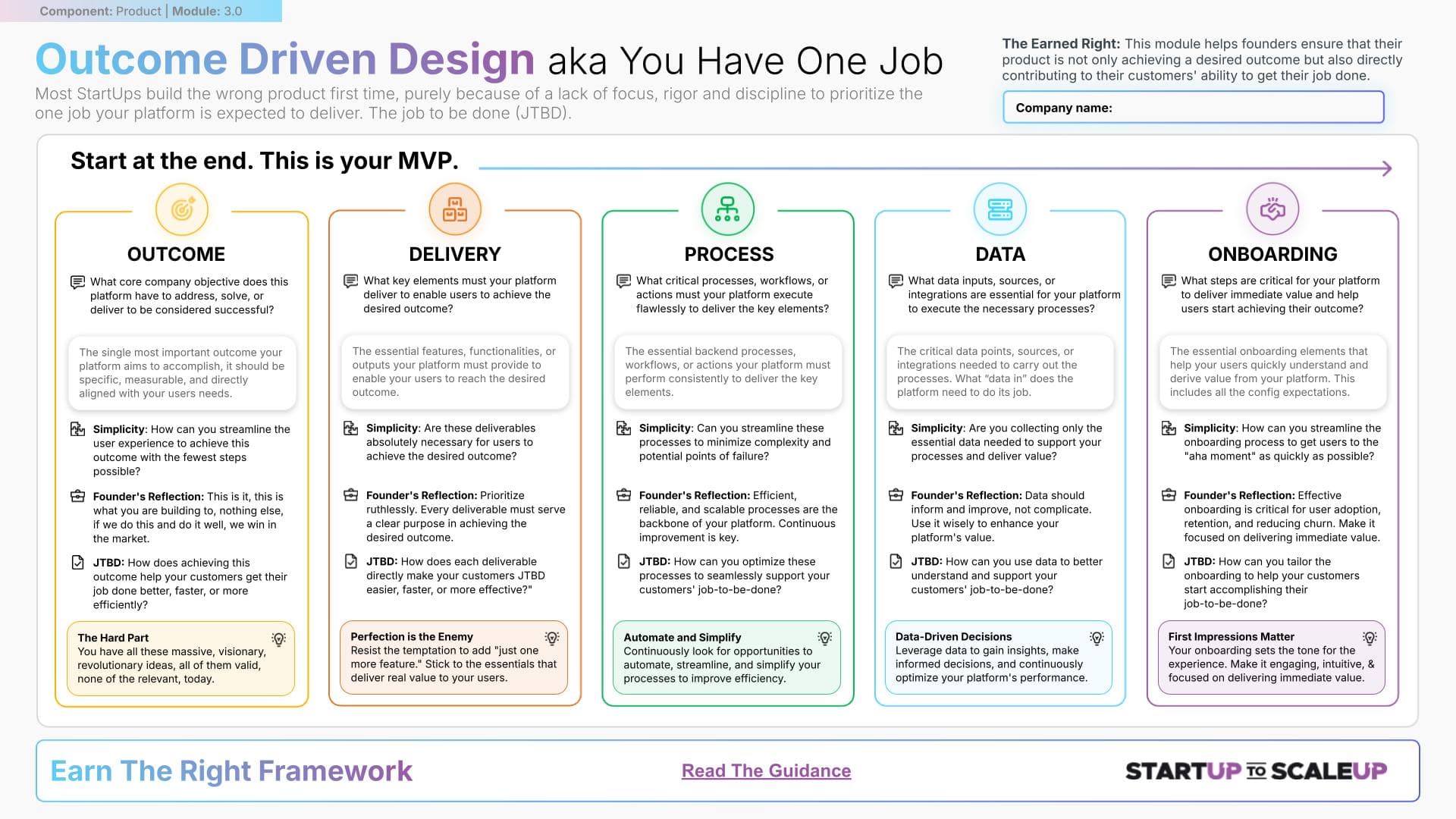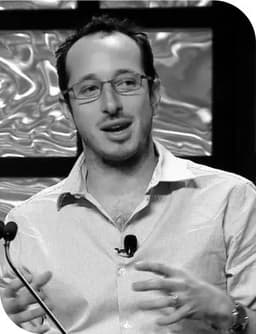Outcome Driven Design: The MVP Framework for Startup Success
Published May 12, 2024
Core Takeaway
TLDR
- Time to Market is THE metric for your MVP; it demands ruthless prioritization and building backward from validated market outcomes.
- Even founders who have validated the problem and market stumble by adding features outside the core. If your build is taking too long, you're either building too much or have lost focus.
- Outcome Driven Design ensures your team is hyper-aligned on exactly what needs to be built and why, dramatically boosting efficiency and development speed.
Newsletter
Hey Reader,
Time to Market is THE metric for your MVP; it's speed to revenue, feedback & market driven iterations. It demands ruthless prioritization and building backwards from a validated market outcome. This is Outcome Driven Design.
Even founders who have validated the problem and the market stumble because they can't stop adding features outside the core. Be relentless, focus on the outcome. If it's taking too long either you're building to much or you have lost your way.
LAST WEEKS FRAMEWORK:
2.8 Minimum Viable Offering (MVO) aka Smoke Testing
LETS GET INTO IT:
Outcome Driven Design requires extraordinary discipline. The ability to resist the temptation to add features, no matter how appealing, if they don't serve the core outcome.
ODD is rooted in Jobs-to-be-Done (JTBD) theory. The thinking is that customers "hire" products to get a specific job done. Your MVP should be designed to be the perfect "employee" for that job.
The 5 pillars of thinking:
- Objective: What is the critical job the company needs done?
- Delivery: What must you deliver to achieve that objective?
- Process: What processes must your platform execute in order to deliver?
- Data: What data do you need to support these processes?
- Onboarding: How do you integrate users and configurations into the system to start seeing value?
Build your MVP around these pillars, don't ignore the "but also" - The details that make your customer feel heard, engaged, and deliver value with the small touches and extra bits that make everything better - as long as they complement not complicate.
Build an MVP that is laser-focused on creating customer value. Avoid over-building, ensure your product is differentiated in the ways that matter most, and set yourself up to iterate based on market feedback.
Outcome Driven Design Workbook
If You're Still Here:
The other benefit of Outcome-Driven Design: Everyone is hyper aligned to exactly what needs to be built and why. This clarity filters across to everyone and everything you do and efficiency skyrockets.
So before you jump into building, anchor everything in the outcome and the most seamless process to deliver that outcome. Faster market entry, reduced cost, and genuine customer satisfaction feel like compelling arguments for you to take this seriously.
If you need help defining your customer's job-to-be-done, can't get the MVP out the door, feel free to grab time with me.
Now go make something people want.
-- James
Frequently Asked Questions
More Newsletters
Continue Your Founder Journey
Explore all the resources available to help you build and scale your startup
Startup Frameworks Library
Subscribe to the Newsletter
Join 140,000+ founders getting exclusive strategies, frameworks, and founder stories every Sunday.
Get instant access to the 50-Step Founder Playbook downloaded over 1M times
Presented by
